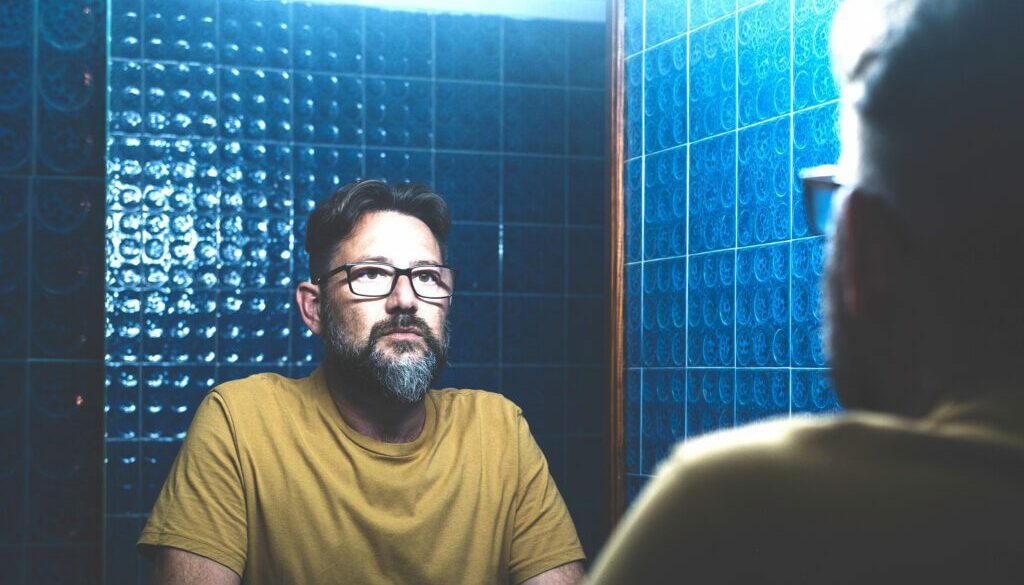Yes, men can get breast cancer
Know the signs and symptoms of male breast cancer
Conversations about breast cancer have become more commonplace than years ago. There is a wealth of information available about detecting and treating it, even national campaigns and an entire month devoted to breast cancer awareness. However, one element of breast cancer often flies under the radar: male breast cancer.
Breast cancer in males is much rarer than in females, accounting for less than 1% of all cases but that still amounts to about 2,700 cases in the United States every year. Conway Medical Center wants to arm you with knowledge about the signs and symptoms to look out for.
What are the risk factors for male breast cancer?
Aging is the primary risk factor for breast cancer in men as well as in women. However, men tend to develop the disease in their late 60s or 70s, which on average is 5 to 10 years later than women.
Increased amounts of the hormone estrogen as well as decreased levels of testosterone can also result in a higher risk for male breast cancer. Altered hormone levels can be the result of:
- chromosomal disorders
- certain conditions that affect the testicles
- liver dysfunction
- medications that affect the balance of hormones.
Family history is also linked to the potential for breast cancer in men. These same inherited genes are linked to other cancers such as prostate cancer and pancreatic cancer in men as well.
What are the symptoms of male breast cancer?
Like a lot of illnesses and conditions, breast cancer can look different in men compared with women. So, these are the signs men should be looking for:
- Lumps, growths, masses Be on alert for changes to the size or shape of the chest. Most men with breast cancer are diagnosed after finding a lump or mass. Report any small lumps in the chest and armpit area, as well as any signs of swelling to your primary care physician.
- Issues with nipples Sometimes a lump isn’t the first symptom. Nipple discharge, a sudden inversion of the nipple, or a skin ulcer in the affected area should all be addressed by your doctor as soon as possible.
- Changes to the skin covering your breasts Be aware of any unusual rashes, dimpling, redness, puckering, or scaling.
How is male breast cancer diagnosed?
The tests used for breast cancer diagnosis are the same in men and women: a mammogram with or without an ultrasound, followed by a biopsy, in which a small sample of the tumor is removed.
The most common hurdle for men to get diagnosed is actually going to the doctor. Breast cancer is typically diagnosed in the later stages in men because they tend to wait for symptoms to get severe before doing something about it. If you are experiencing changes in the breast area and it doesn’t go back to normal within a few weeks, do not wait to see your primary care provider.
Primary care men can count on in Myrtle Beach
At CMC Primary Care we understand your time is valuable but so is your health. Our physicians are masters of preventive medicine, education, and screenings. A once-a-year visit for these things can save you a lot of time and money in the long run. And if any health concerns pop up throughout the year, we are here to help you understand what you are experiencing and catch any major health concerns before they turn into a more critical issue.
Call to schedule an appointment at one of our multiple primary care locations throughout Horry County today. Our providers will help ensure your health is up to date according to the latest guidelines in evidence-based medicine, and that you are well informed about how to prevent any costly health risks and maintain the healthiest version of you while actively pursuing your life goals.




